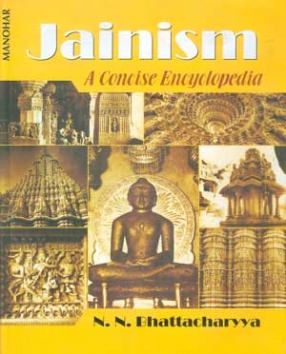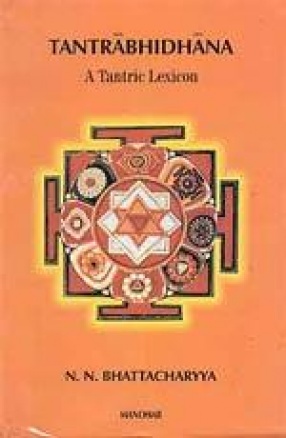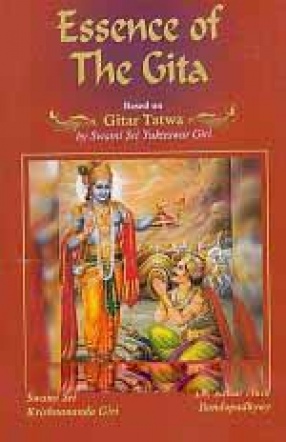Jainism: A Concise Encyclopaedia
Jainism is not a religion in the Western or Semitic sense of the term, but in the Indian or Eastern sense, which is no more than a way of life that insists on cessation from violence, theft, lies, having possessions or indulgence in sensual pleasures.
It is one of the six daily duties of Jain laymen to show compassion to all living being and to help the needy. Four kinds of gifts are to be offered to the distressed--food (ahara), protection (abhaya), Medicine (ausadha), and learning (sastra)--irrespective of faith, caste or creed.
According to Jain belief it was Rsabhadeva, the first of the twenty-four Tirthamkaras, who taught men 72 arts and women 64 and initiated them into the Jain way of life. His mission of elevating the ethical and spiritual standard of mankind was continued and put into practice by the successive Tirthamkaras. In the hands of the last two Tirthamkaras, Parsva and Mahavira, the traditional knowledge derived from their spiritual ancestors assumed new form and colour. None of them claimed to be the founder of any system. They were great reformers who modified the entities of the existing religion evidently to meet the demand of their ages.
In the earlier phases of its development, the geographical boundary of Jainism comprised Anga, Magadha, Kausambi, Sthuna and Kunala according to the Kalpasutra. Orissa, along with the country around Ujjayini was also a stronghold of early Jainism. In the south the spread of Jainism is associated with the legends of Bhadrabahu and Candragupta. The latter is said to be a devout Jain who breathed his last at Sravanabelgola in Karnataka. By the end of the third century AD Jainism had taken firm root throughout India.
There are no comprehensive reference works of Jainism, one of the great religions of the world. This volume tries to fill this gap. About 2500 entries in the work seek to provide and invaluable survey of Jainism from A to Z.
Get it now and save 10%
BECOME A MEMBER










Bibliographic information